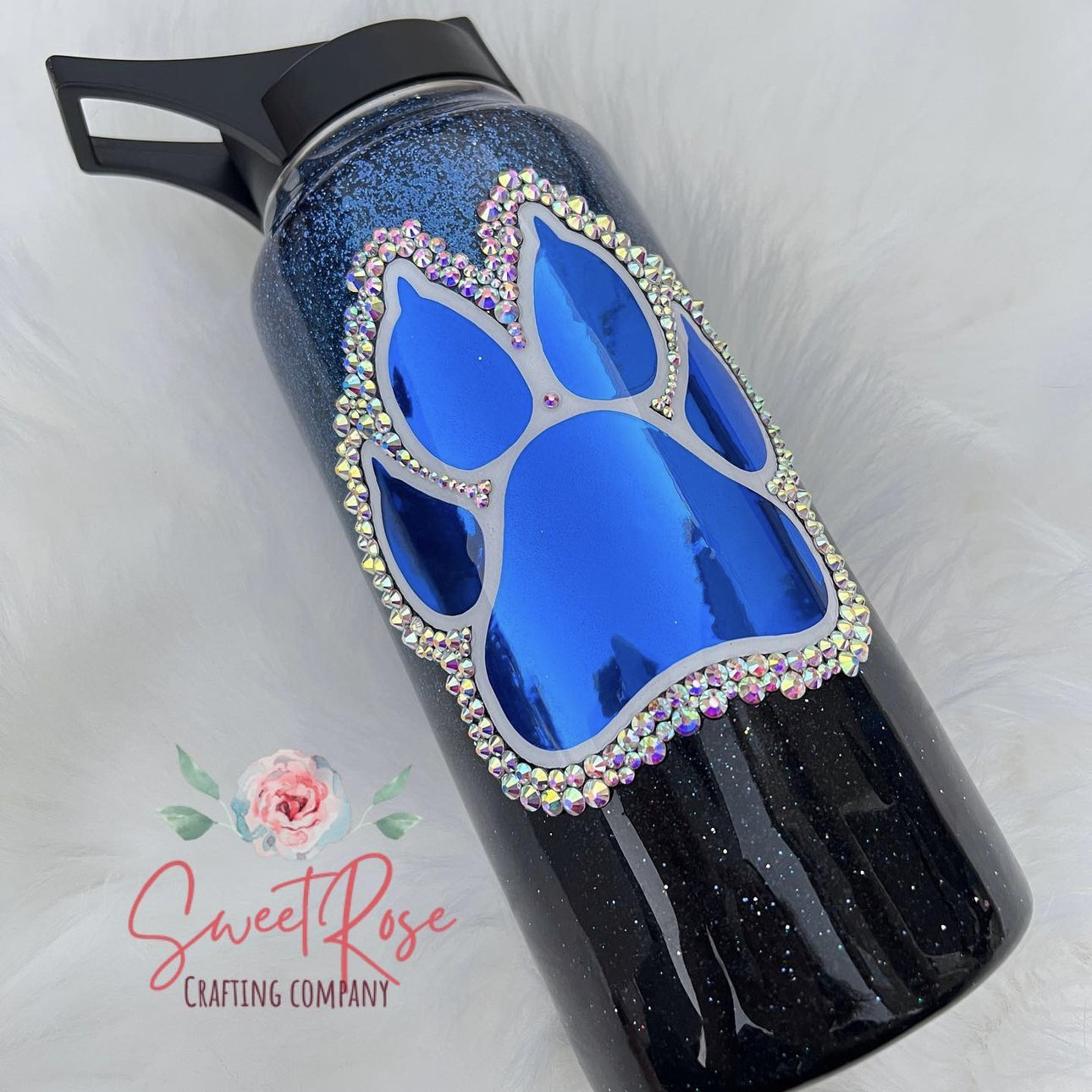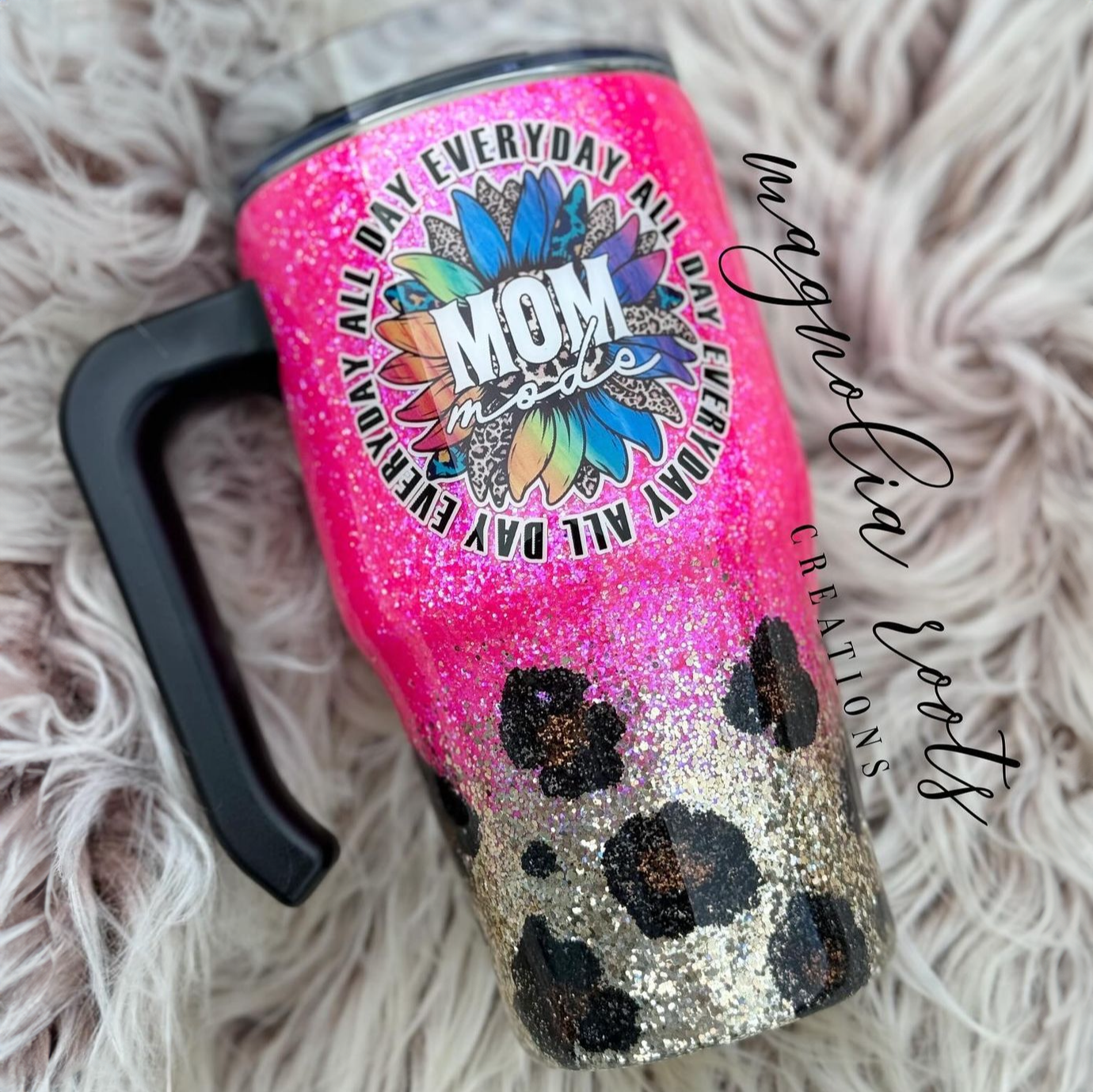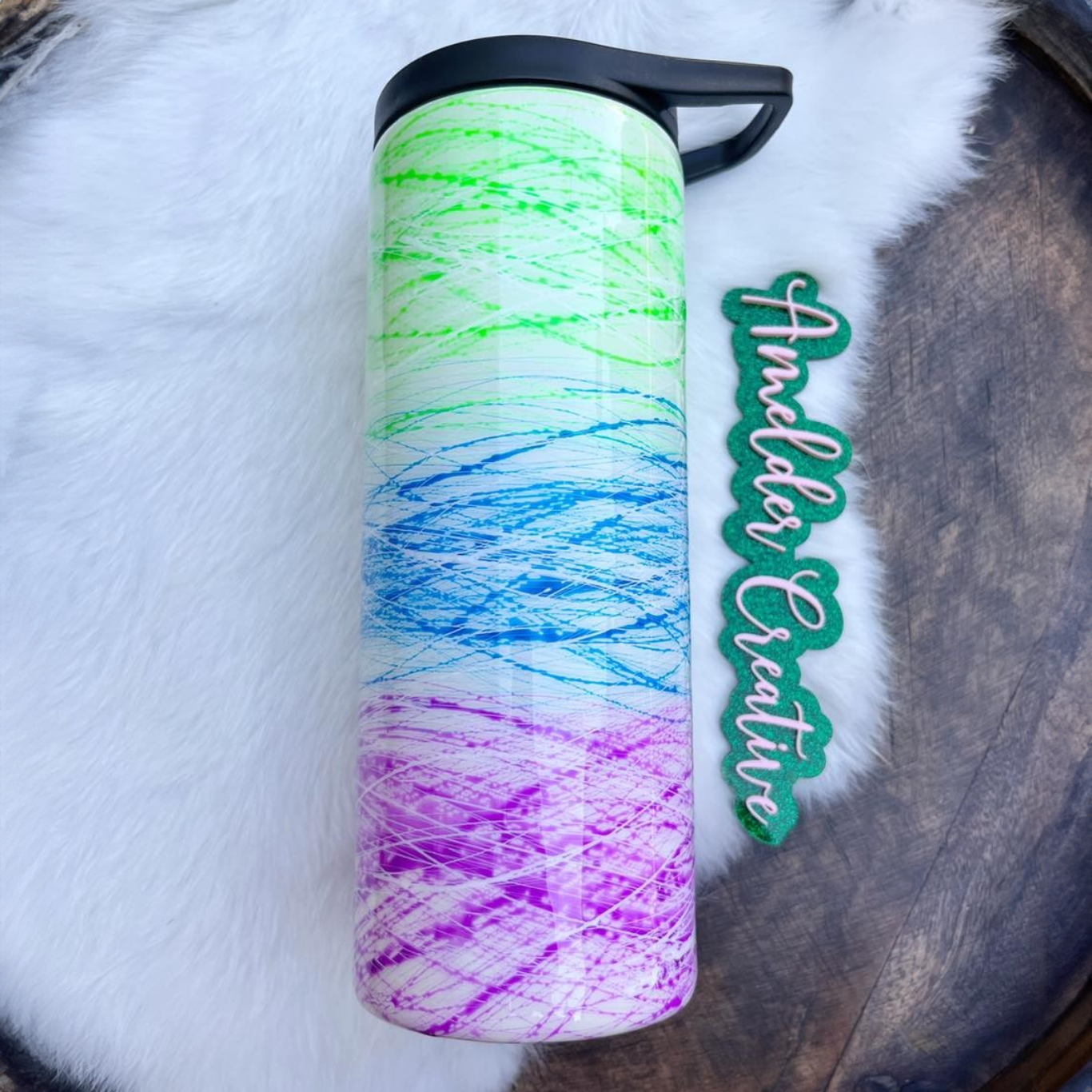
If there’s one universal truth in the business world, it’s this — no matter how exceptional your products are, customer complaints are an inevitable part of the journey.
Here's the silver lining — customer complaints aren't merely obstacles. Instead, they can be invaluable opportunities for growing and improving your tumbler business. Addressing complaints is your secret weapon to elevate your brand's reputation.
This guide discusses managing complaints and harnessing them to benefit your business. With a blend of strategic communication, prompt solutions, and embracing technological tools, you can transform feedback into a pathway for substantial growth. Let's reshape the narrative of customer complaints, turning challenges into opportunities!
Understanding the Importance of Customer Feedback
Feedback serves as a mirror reflecting the areas of your business that may need improving. It's easy to view complaints as inherently negative, but you can approach complaints constructively to spark innovation and improve your business. Understanding customer complaints lets you adjust your products, ensuring they resonate with your target audience.
Happy customers generate repeat business and positive word-of-mouth promotion. When customers see that their feedback is taken seriously and leads to improvements, their trust in your brand deepens. This not only boosts the likelihood of them returning for more purchases but also improves the chances of them becoming brand ambassadors, recommending your tumblers to their network.
First Steps in Receiving a Complaint
We've all been there — a customer reaches out dissatisfied, frustrated, or just plain upset. While your immediate reaction might be to get defensive or dismissive, remember every complaint is a conversation starter. It's an invitation to understand, improve, and solidify your customer relationship. The initial moments after receiving a complaint are pivotal.
Actively Listening to the Customer's Concerns
Before exploring solutions, take a moment to genuinely listen. Put yourself in your customer’s shoes. What's their perspective?
For example, imagine a customer complains that the product image for the tumbler they purchased doesn’t exactly match what they received. You might think they’re just being difficult, but when you take the time to hear them out you discover that the product image is misleading and could do with a replacement image. By actively listening, not only do you make the customer feel valued, but you also garner invaluable insights into potential areas of improvement for your products.
Once you've listened, the next crucial step is acknowledging their feelings. Responding defensively can escalate the situation and erode trust. Instead, recognize the issue presented and validate the customer's feelings. A simple statement like, "I understand why you'd feel that way," can pave the way for more productive discussions and resolutions. Even if a customer complaint seems trivial, there's no harm in simply addressing the complaint.
Recording the Complaint for Future Analysis
It might sound unnecessary, but maintaining a record of complaints can provide valuable insights. By systematically logging customer feedback, you can spot trends, recurring issues, or potential areas for innovation in your designs and services. This helps you resolve complaints and develop long-term strategies for improving your business.
Approaching complaints with an open mind and a structured process ensures each criticism becomes an opportunity. Whether improving your products or refining your customer service approach, these initial steps lay the groundwork for a more customer-focused tumbler business.
Effective Communication Strategies
Navigating customer complaints is no small feat. Fortunately, with the right communication tools and strategies, it doesn’t have to be complicated. Let's explore key strategies that can transform your customer interactions, turning potential disputes into constructive conversations.
Empathetic Responses
Empathy is the heart of effective communication, especially in challenging situations. Taking a moment to understand and resonate with your customer's emotions can work wonders. Offering genuine empathy can build a bridge of trust, often calming intense emotions and opening the door for problem-solving.
Rather than assuming you fully grasp the issue, take the time to clarify. Ask open-ended questions to get to the core of the complaint if it's not straightforward. Something like, “How can we make this right for you moving forward?” This ensures you address the right problem and signals to the customer that you're genuinely invested in understanding their concerns.
Avoid Emotional Responses
Remember, while some complaints might be trivial or unsolvable, it's important that you communicate with your customers in a friendly and approachable manner. Even if the customer is being difficult, avoid emotionally charged responses.
It’s normal to feel offended when receiving negative feedback. Every complaint can feel like a personal critique, especially if you’re deeply invested in your product or service. That said, allowing your emotions to take the driver's seat can cloud your judgment and escalate situations that could have been resolved with understanding and patience.
Avoid emotional responses by taking a deep breath and viewing the complaint as an opportunity for growth. Additionally, you can remind yourself that the customer’s complaint is only directed at your product and not you personally.
When you avoid heated responses, you’ll be in a better position to communicate with your customers and find solutions to their complaints.
Resolving Complaints Promptly
Quick resolutions are a testament to your dedication to customer satisfaction and your business’s efficiency. By addressing concerns promptly, you send a clear message: "We value your feedback, and we're committed to making it right."
The quicker the resolution, the higher the chances of converting a disgruntled customer into a loyal advocate for your brand. Remember, trust is built on actions — timely solutions can solidify that trust.
Developing a Standard Procedure for Complaint Resolution
Having a standardized process in place can be a game changer. It ensures that you approach every complaint methodically and resolve them efficiently. From initially acknowledging a complaint to finding the final resolution, a streamlined procedure ensures every customer experiences consistent service quality.
Implementing a Feedback Loop
A feedback loop is the process of receiving critiques from customers and adjusting your approach based on that feedback. Listening to your customer’s complaints and feedback empowers you to adapt your business and ensures it remains as vibrant and relevant as the most mesmerizing tumbler designs.
Reviewing and Categorizing Reviews
A systematic approach to feedback starts with regular reviews. Collect complaints and negative reviews, sort them into categories, and analyze the patterns. For example, some categories could be feedback on your designs, tumbler materials, or delays in shipping. This organized method helps you uncover how to improve your product offerings.
Once you categorize and understand the feedback, you can adapt your business accordingly. For instance, if you notice that many customers aren’t satisfied with delivery times, you can research other shipping carriers and address the issue head-on. Adjusting based on feedback ensures that your business remains responsive to customer needs, making your clients feel valued and heard.
Implementing a feedback loop isn't just a method to manage complaints but a strategy to keep the pulse on customer sentiments. In doing so, you proactively shape the future direction of your business, ensuring it's always in sync with customer preferences.
Following up with Customers After Resolving Their Issues
Checking in with a customer after resolving a complaint can make all the difference for your business. A simple follow-up call or email shows your dedication to customer service, and it can improve the way previous customers perceive your brand.
To thrive in the competitive tumbler industry, you need to exceed customer expectations and deliver high-quality service. Going beyond the resolution and showing genuine concern for customer satisfaction pave the way for a bond beyond transactions — a business relationship built on trust, respect, and mutual appreciation.
Dealing with Unreasonable or Chronic Complainers
In the business world, enterprises often encounter what we might call "chronic complainers." These customers have unrealistic or unreasonable expectations about your products. Navigating these waters can be tricky, but with the right approach, even these challenging interactions can become opportunities for growth and learning.
Sometimes, no matter how hard you try, a solution seems out of reach. It’s essential to discern the difference between genuine feedback and non-constructive customer complaints. This isn't about dismissing concerns but recognizing when your energy might be better spent elsewhere.
The key is to handle such situations tactfully, ensuring the customer feels heard, even if a resolution isn't immediately apparent. It’s not always as much about offering an immediate fix to an issue as it's about hearing out your customer and making sure they feel valued and heard.
Setting Boundaries Without Alienating the Customer
When dealing with chronic complainers, you need to set clear, firm boundaries about what your business can and can't do to resolve the issue. This might mean reiterating company policies or highlighting the efforts already made to address the complaint. When setting boundaries, it's crucial to maintain a tone of respect and understanding, ensuring that the customer feels valued, even if you can't meet their every demand.
Dealing with chronic complainers can be one of the most challenging aspects of running a business. By approaching each complaint with an open mind, a willingness to set boundaries, and a commitment to understanding, your business can set an upward trajectory for improvement and better customer relationships.
Crafting the Perfect Tumbler Experience
By actively listening, communicating effectively, implementing robust feedback loops, and fostering a customer-centric culture, you can transform customer complaints and reviews into opportunities for growth.
So, as you handle complaints and negative reviews, remember that every piece of feedback and critique is a chance to refine your craft. Embrace them, learn from them, and let them guide you toward creating a business as timeless and valuable as a masterfully crafted tumbler.
Navigating the world of customer complaints and negative feedback is often difficult, but you can learn additional tools and advice from other tumbler crafters and business owners. Check out Hogg Outfitter’s Facebook Group and join our community of dedicated tumbler entrepreneurs. Plus, you can follow us on Instagram for even more inspiration for your tumbler business!

















